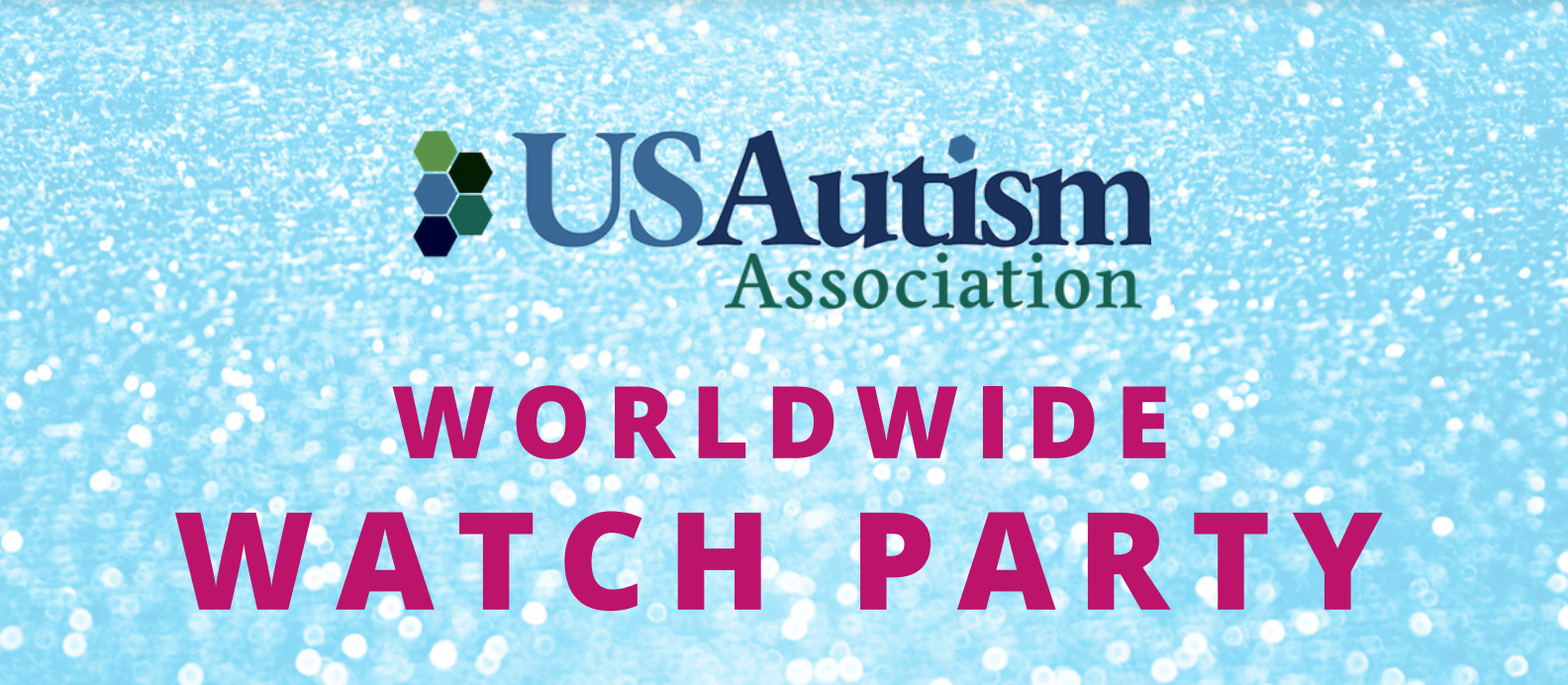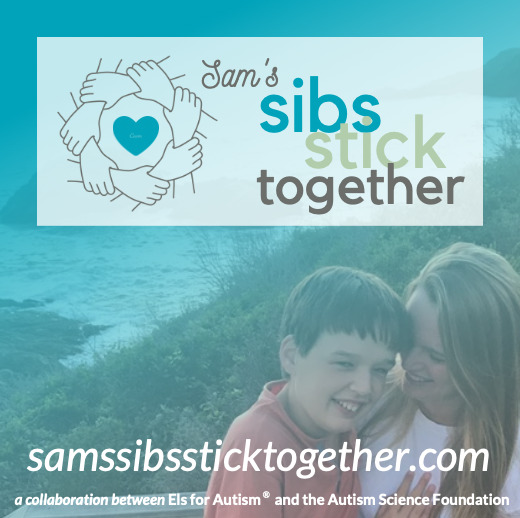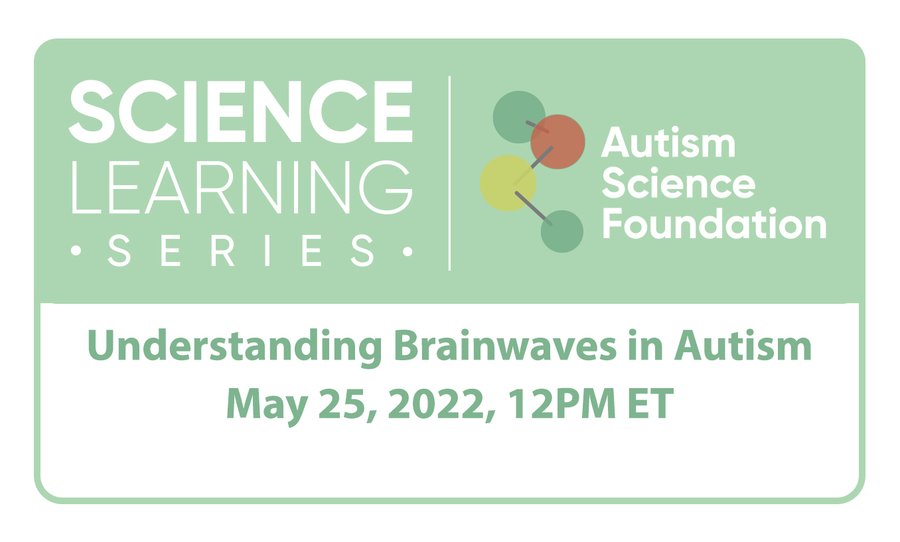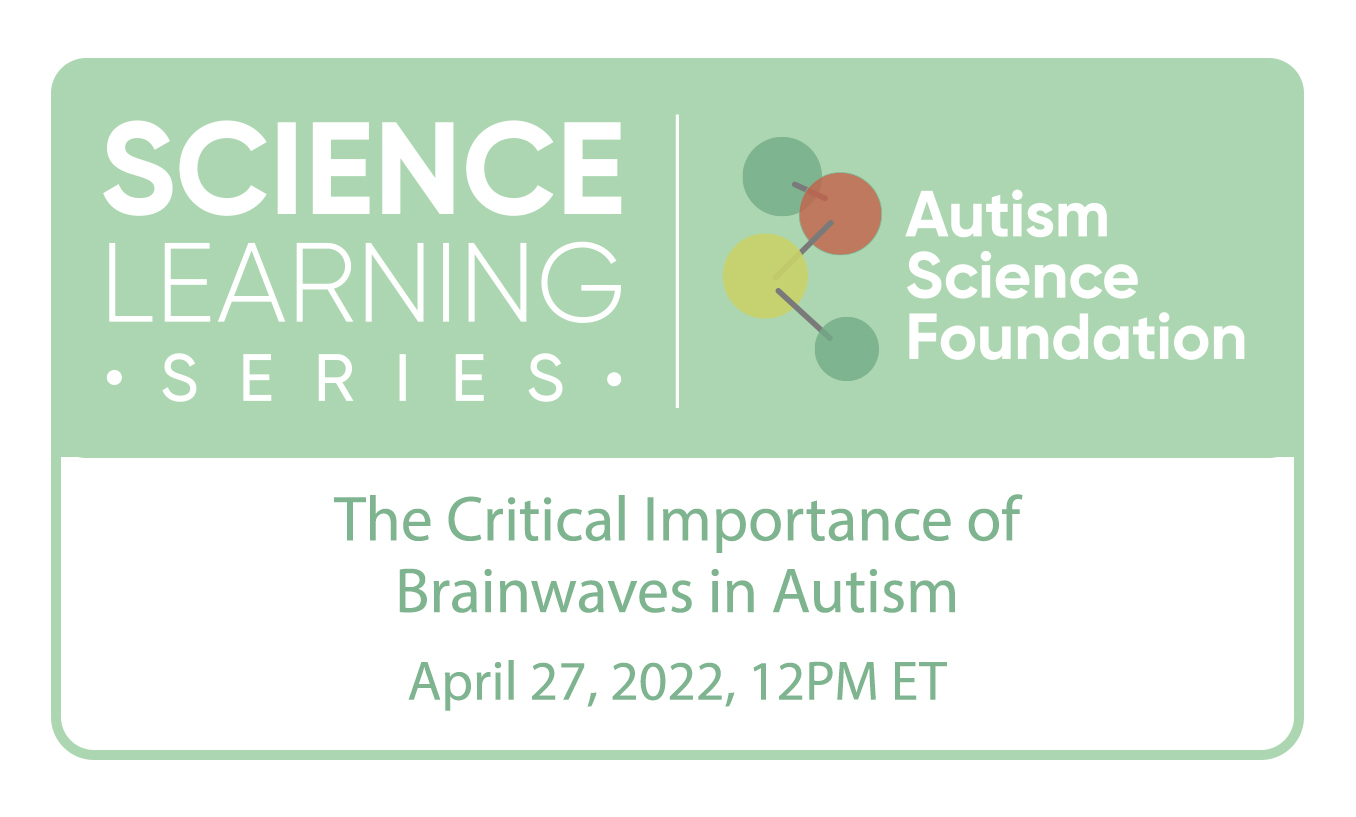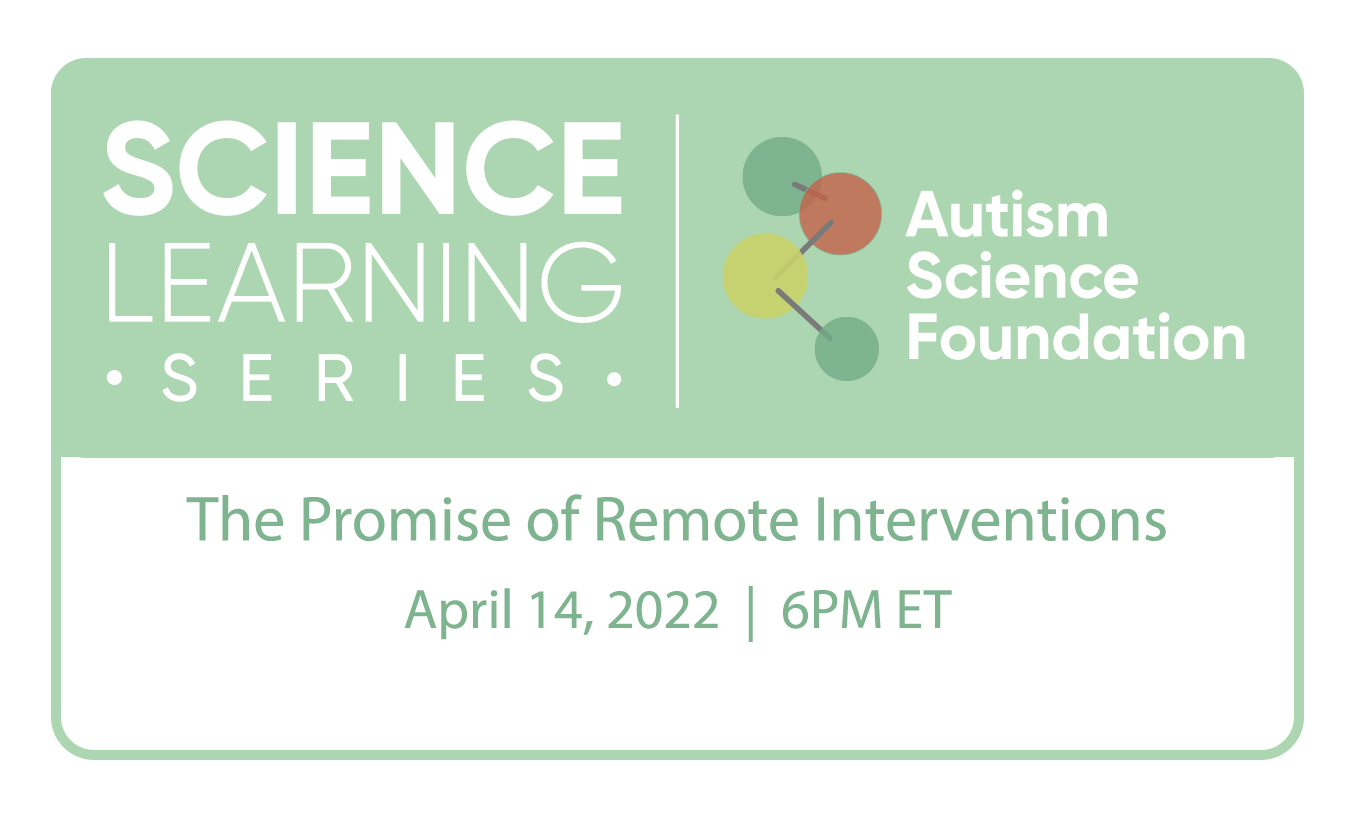Online Webinar
US Autism Association Worldwide Watch Party
Online WebinarUS Autism Association Worldwide Watch Party! Proudly sponsored by Exceptional Needs Today magazine. Free 36 hour access to the world's largest autism-focused streaming library with world-renowned experts. Something for everyone: self-advocates, individuals on the autism spectrum, parents, educators, and professionals. REGISTRATION required (it's FREE!).
- Hear from World-Renowned Experts
- Optional add-on: Gain continuing education / professional development hours
Sam’s Sibs Stick Together: The Benefits of Siblings and Future Research Directions with Nicole Rosen of UCLA
Online WebinarASF and Els for Autism invite you to join us for our next FREE webinar on June 1 at noon ET when Nicole Rosen of UCLA's PEER Clinic will talk about her study looking at the influence of siblings on lifelong functioning in those with autism. We will also be talking about research priorities. Join us! […]
Rescheduled! Science Learning Series: Understanding Brainwaves in Autism
Online WebinarOn May 25th, join us in welcoming the exceptional Dr. Carol Wilkinson, a researcher/pediatrician from Boston Children's Hospital, who will explain how studying brain activity in infants and toddlers leads to a better understanding and prediction of autism. Dr. Wilkinson will unpack the different types of brainwave patterns in autism, how they are studied and […]
Science Learning Series: The Critical Importance of Brainwaves in Autism
Online WebinarFamilies hear the term “brain activity” and “brainwave pattern” and don’t understand why this is important to autism. In this session, Dr. Carol Wilkinson, a researcher and pediatrician from Boston Children’s Hospital will explain the different types of brainwave patterns in autism, how they are studied, and how they can be used to better track […]
Science Learning Series: The Promise of Remote Interventions
Online WebinarJoin us on April 14th to hear from Ty Vernon of UCSB about how parents can be trained to help their children who have autism using Pivotal Response Training. This is an intervention that is based in play and focuses on multiple aspects of child development. Dr. Vernon is piloting an application to help caregivers […]


